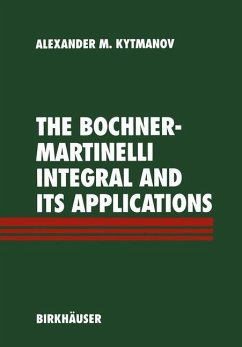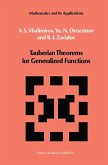The Bochner-Martinelli integral representation for holomorphic functions or'sev eral complex variables (which has already become classical) appeared in the works of Martinelli and Bochner at the beginning of the 1940's. It was the first essen tially multidimensional representation in which the integration takes place over the whole boundary of the domain. This integral representation has a universal 1 kernel (not depending on the form of the domain), like the Cauchy kernel in e . However, in en when n 1, the Bochner-Martinelli kernel is harmonic, but not holomorphic. For a long time, this circumstance prevented the wide application of the Bochner-Martinelli integral in multidimensional complex analysis. Martinelli and Bochner used their representation to prove the theorem of Hartogs (Osgood Brown) on removability of compact singularities of holomorphic functions in en when n 1. In the 1950's and 1960's, only isolated works appeared that studied the boundary behavior of Bochner-Martinelli (type) integrals by analogy with Cauchy (type) integrals. This study was based on the Bochner-Martinelli integral being the sum of a double-layer potential and the tangential derivative of a single-layer potential. Therefore the Bochner-Martinelli integral has a jump that agrees with the integrand, but it behaves like the Cauchy integral under approach to the boundary, that is, somewhat worse than the double-layer potential. Thus, the Bochner-Martinelli integral combines properties of the Cauchy integral and the double-layer potential.
Hinweis: Dieser Artikel kann nur an eine deutsche Lieferadresse ausgeliefert werden.
Hinweis: Dieser Artikel kann nur an eine deutsche Lieferadresse ausgeliefert werden.








